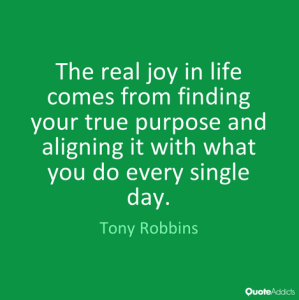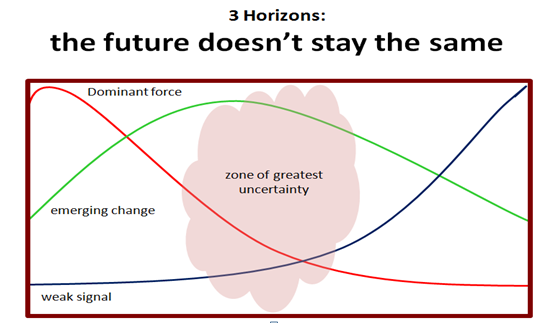
Are we in a more Darwinian world perhaps?
I’d suggest that today innovation is caught up in the survival race, where the bolder ones are more innovation fit and pulling further ahead. We need many more organizations to get out of this survival trap and exploiting innovation in bolder ways, become fitter in their innovating purpose.
So much of what we do actually is ‘static’ work, activities that are simply repeating what we have done time and time again, gaining us little new knowledge and offering poor value creating worth. These activities on their own keeps us happily ‘treading water’ and does the job of locking us comfortably into the ‘efficient and effectiveness clan mindset that most business organizations like to be ^keep us all constantly working within.
The harsh reality is this is becoming a very crowded, increasing uncomfortable place to be, as we reduce our capabilities to take risk, too invest, to take those decisions that create more radical innovation. If we don’t offer value creation, we become increasingly unattractive and not regarded as essential, simply disposable. The more we play ‘safe’ the more we run the risk of being disrupted. We are failing to leverage much of the liberating power within innovation. Is our business world today is it so predictable? No, it is well and truly ‘dynamic’ and evolving.
There is an awful lot of creative destruction going on and I’ve also written previously about the Innovation Era: Creative Destruction or Destructive Creation where the replacement rate is constantly speeding up, we are facing more uncertainly and incoherence than ever.
Continue reading “Knowing where your innovation fitness comes from”

 Don’t let anyone tell you it is easy to run your own business, it is far from that. I thought I’d write about what and where it has meaning for me in this “finding our true purpose”.
Don’t let anyone tell you it is easy to run your own business, it is far from that. I thought I’d write about what and where it has meaning for me in this “finding our true purpose”.

